1,576 days, 2,409 entries ...
Newsticker, link list, time machine: HOLO.mg/stream logs emerging trajectories in art, science, technology, and culture––every day
How (not) to get hit by a self-driving car, an installation and game by Tomo Kihara and Daniel Coppen, opens at San Francisco’s Asian Art Museum. Navigating a mock-street in the gallery, visitors try to make their way across a crosswalk without being detected by a computer vision system. A provocation in a city where autonomous vehicles are regularly involved in accidents, the game underscores “how going unseen by a similar AI system in an actual self-driving car could result in a tragic collision.”
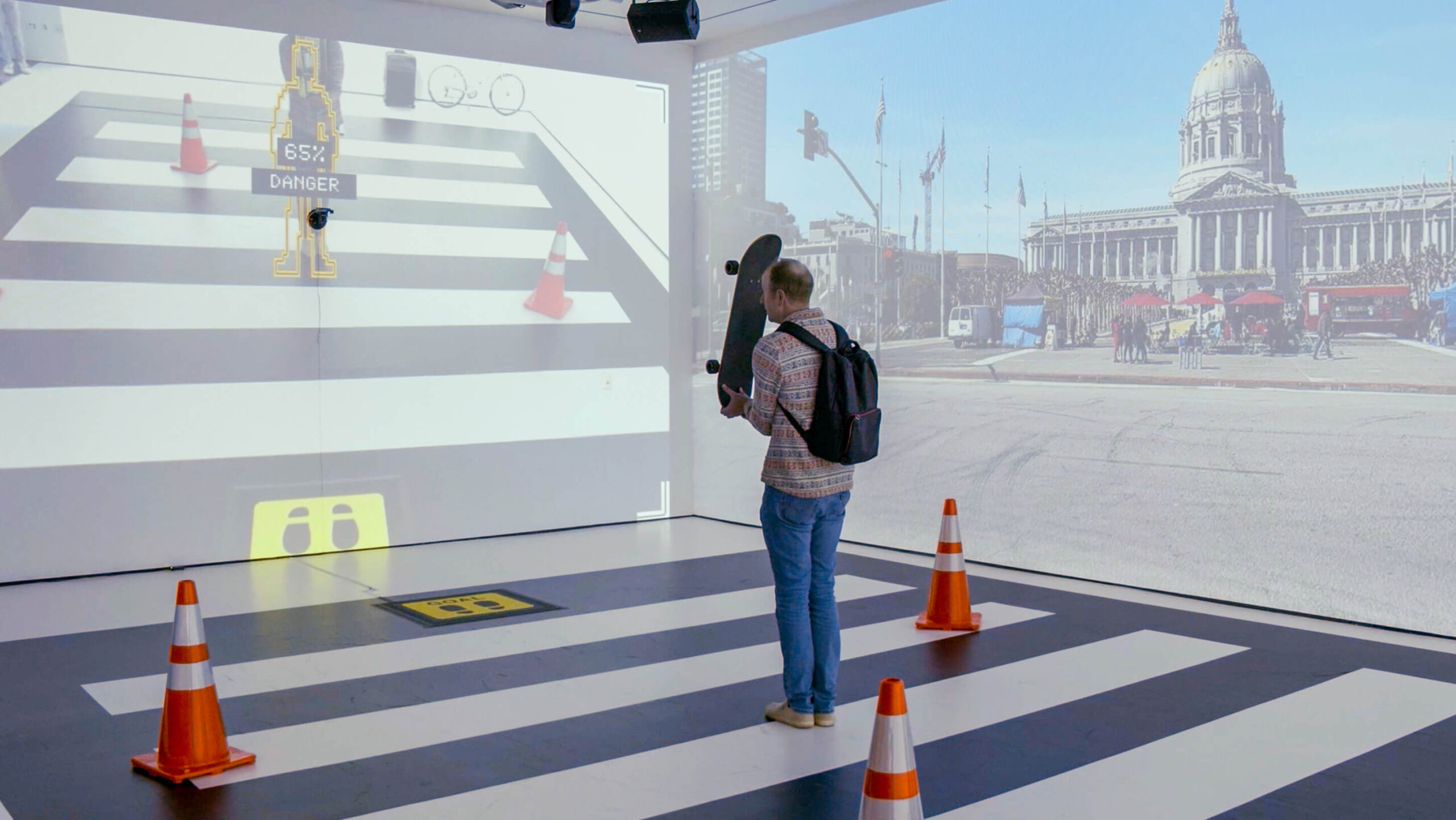
Consumer advocates Public Citizen release “Mushrooming Risk,” a report on the danger of AI tools to foragers. Spurned by recent hospitalizations, researcher Rick Claypool outlines the folly of using apps to identify species and gauge edibility. “Mushroomers must take the time to develop their skills at their own pace,” he writes, championing local knowledge over app reliance. Experimenting with DALL-E compounded his fear; when he prompted it to label basic mushroom anatomy, it hallucinated utter nonsense (image).
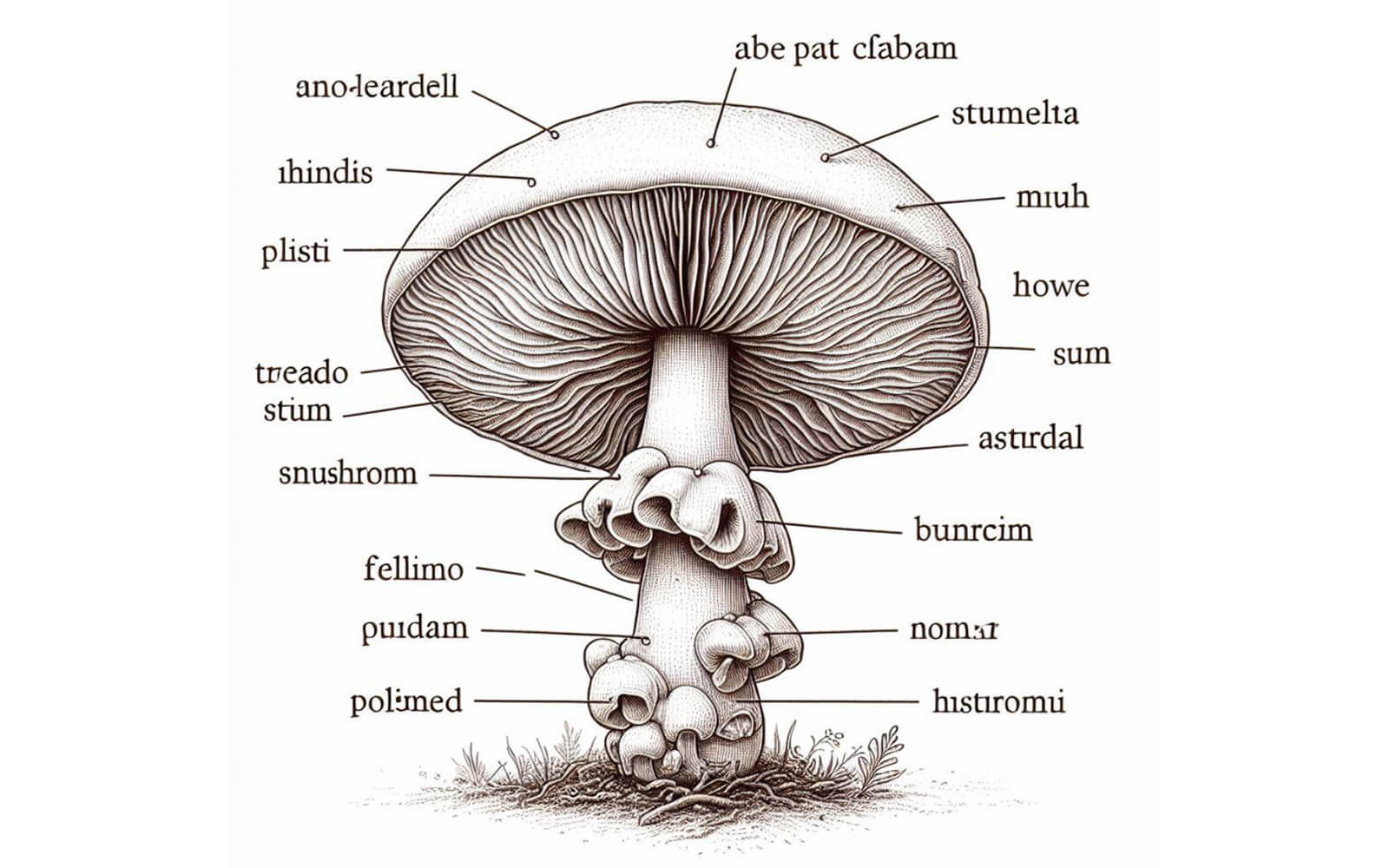
Altena & Weigl (eds)
{class} On Consequences in Algorithmic Classification
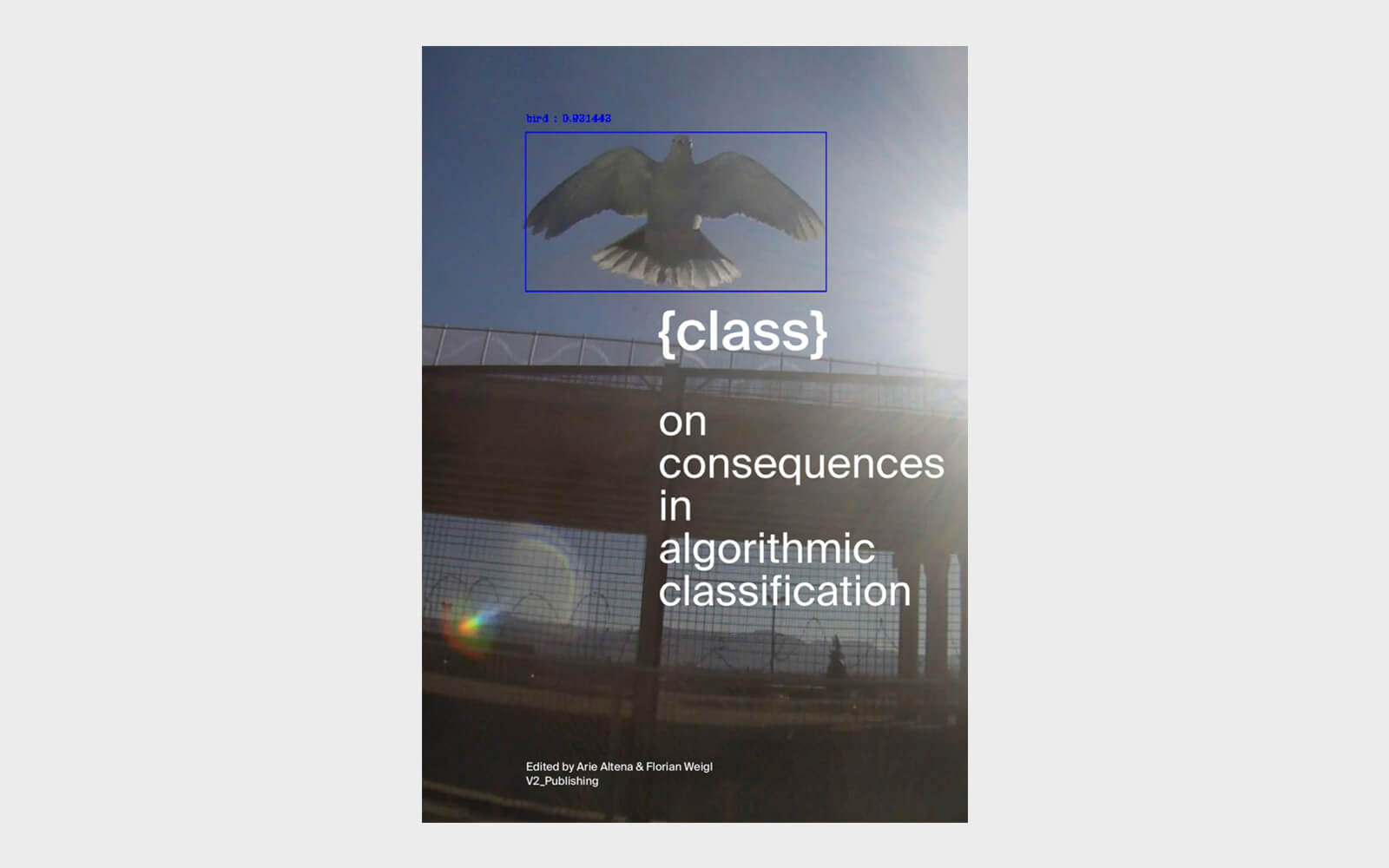
Sanela Jahić
Under the Calculative Gaze
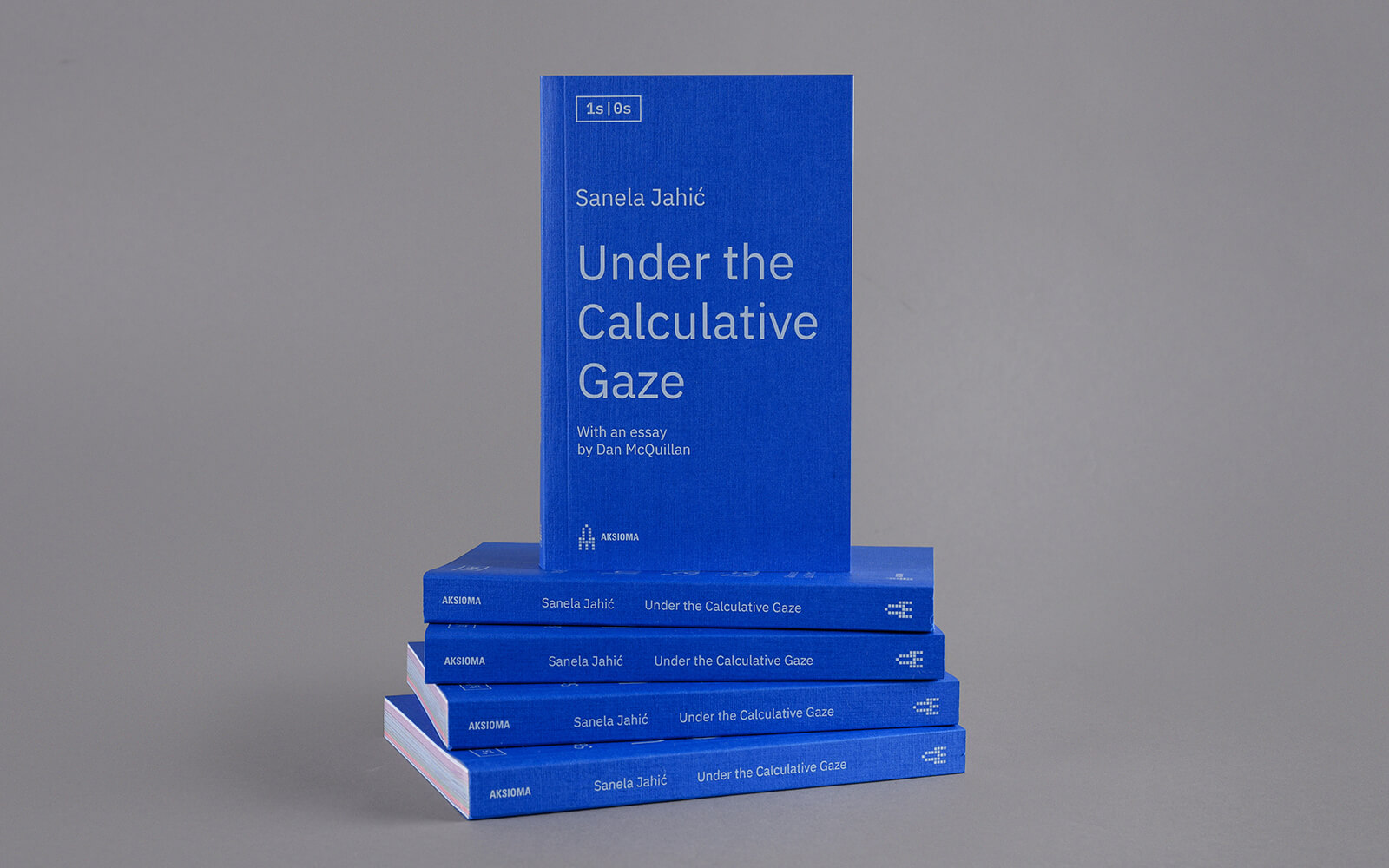
“Could Richard Spencer getting punched in the face be the new default sample material for image and video processing demonstrations? Only time will tell.”
Considering compassion and competence, “AI: Who’s Looking After Me?” opens at Science Gallery London. Co-presented with FutureEverything, invited artists including James Bridle, Wesley Goatley, Seo Hye Lee, and Mimi Ọnụọha interrogate “what it means to entrust our care to autonomous machines. ” Blast Theory’s Cat Royale (2023, image), for example, puts Ghostbuster, Pumpkin, and Clover in the custody of a computer vision system and robot arm, which monitor, tend to, and play with the three felines.
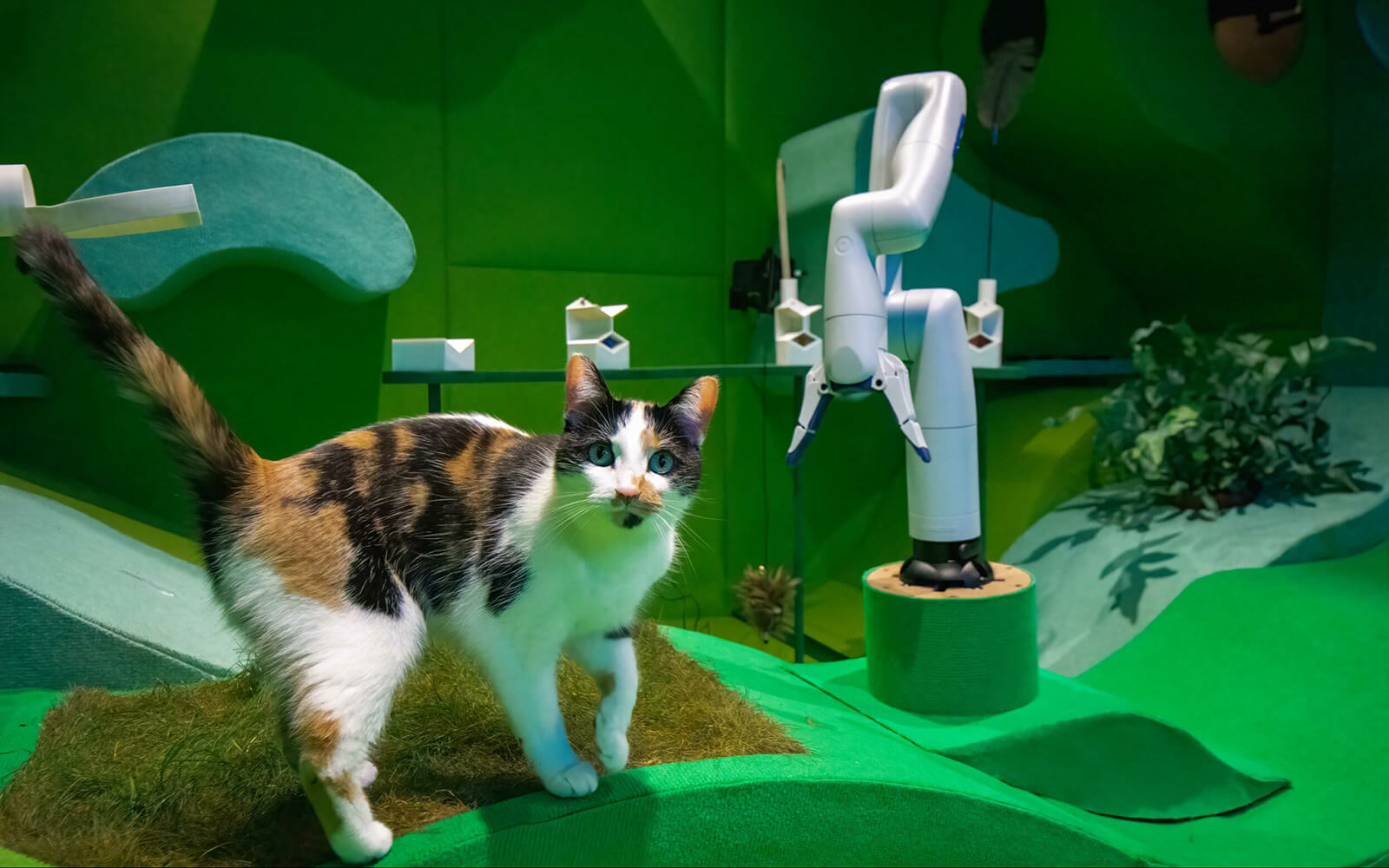
James E. Dobson
The Birth of Computer Vision
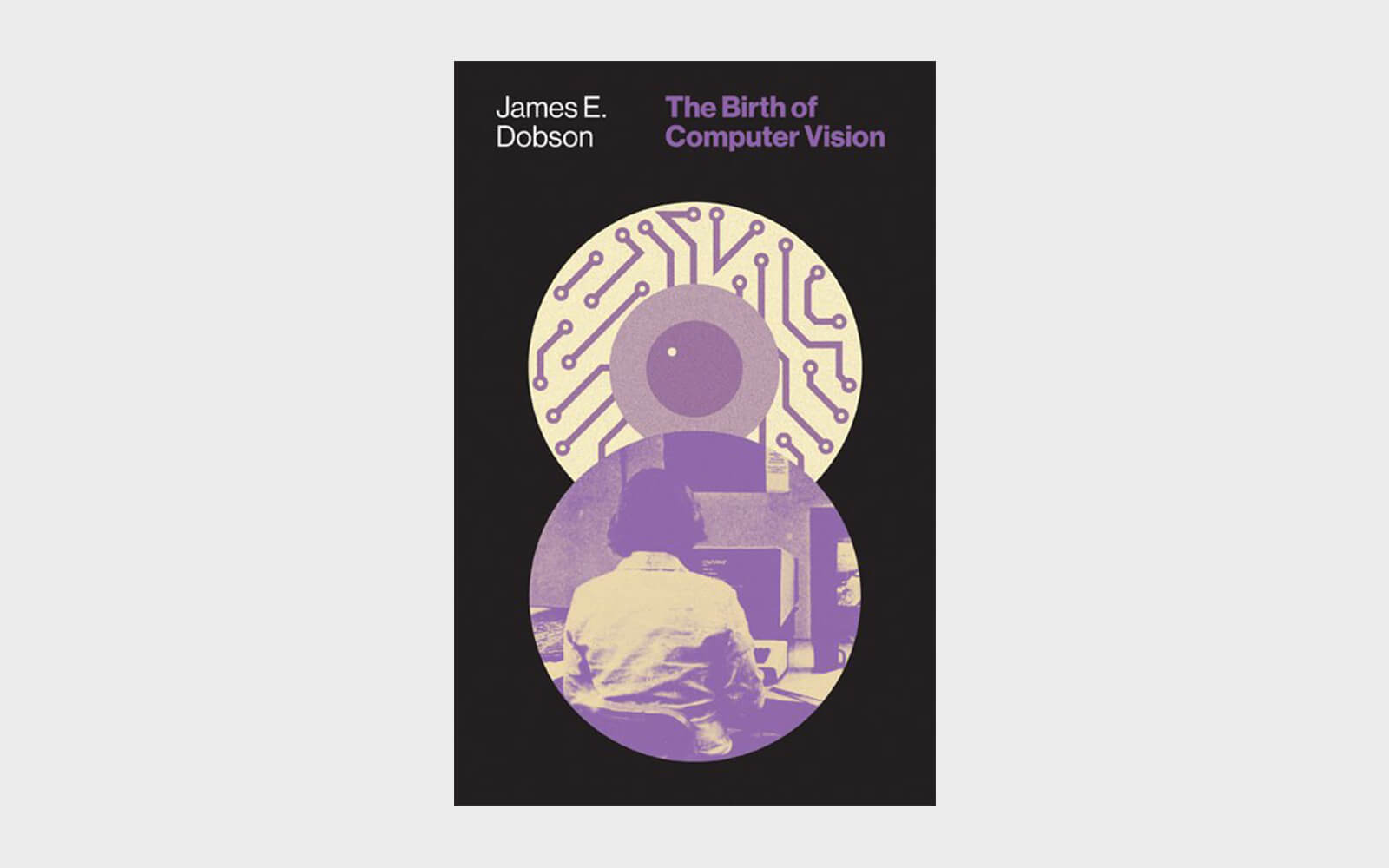
Sarah Tuck
Drone Vision: Warfare, Surveillance, Protest
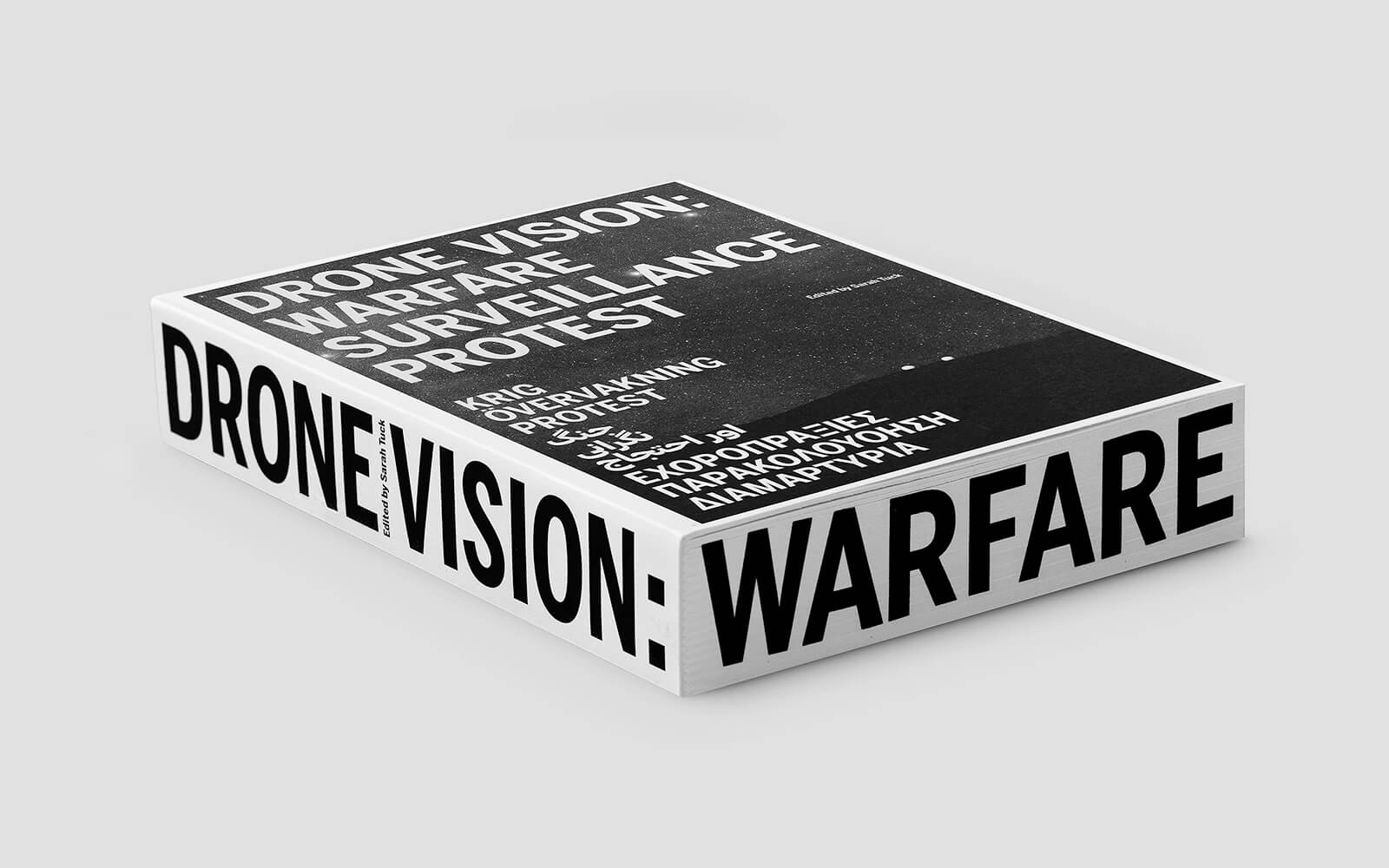
Trevor Paglen’s solo exhibition “A Color Notation” opens at Pace’s recently expanded arts complex in Seoul. The show presents new and recent landscape photography (image: Near Bodega Bay Deep Semantic Image Segments, 2022) the American artist interpreted through custom-built computer vision systems and AI. “Through his masterful manipulation of these technologies, Paglen brings questions of perception to the fore of his image making practice,” Pace notes.
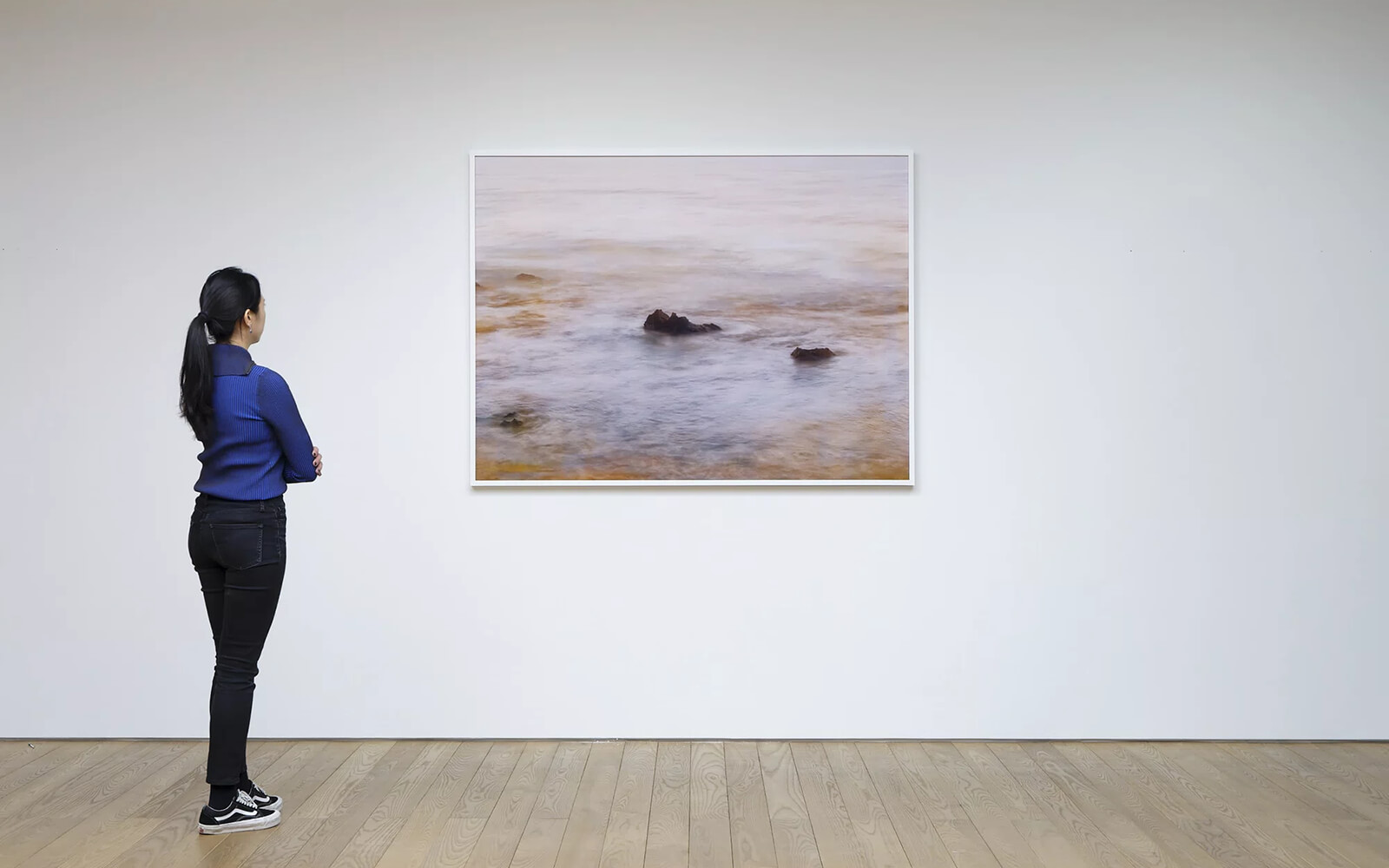
“A human operator tags the ends of the intestine with drops of fluorescent glue, creating markers the robot can track.”
“It takes a filter designed for people of colour to make us realize the extent to which most filters aren’t.”
Named after the cloud pictures taken by American photographer Alfred Stieglitz in the early 20th century, “Songs of the Sky” opens at C/O Berlin to examine photography in the age of cloud computing. Featured artists like Evan Roth, Fragmentin, Trevor Paglen, Shinseungback Kimyonghun, Mario Santamaría, and Noa Jansma (image: Buycloud, 2020) explore nascent network technologies to invite questions about their effects on climate change, geopolitics, and how we see the world.
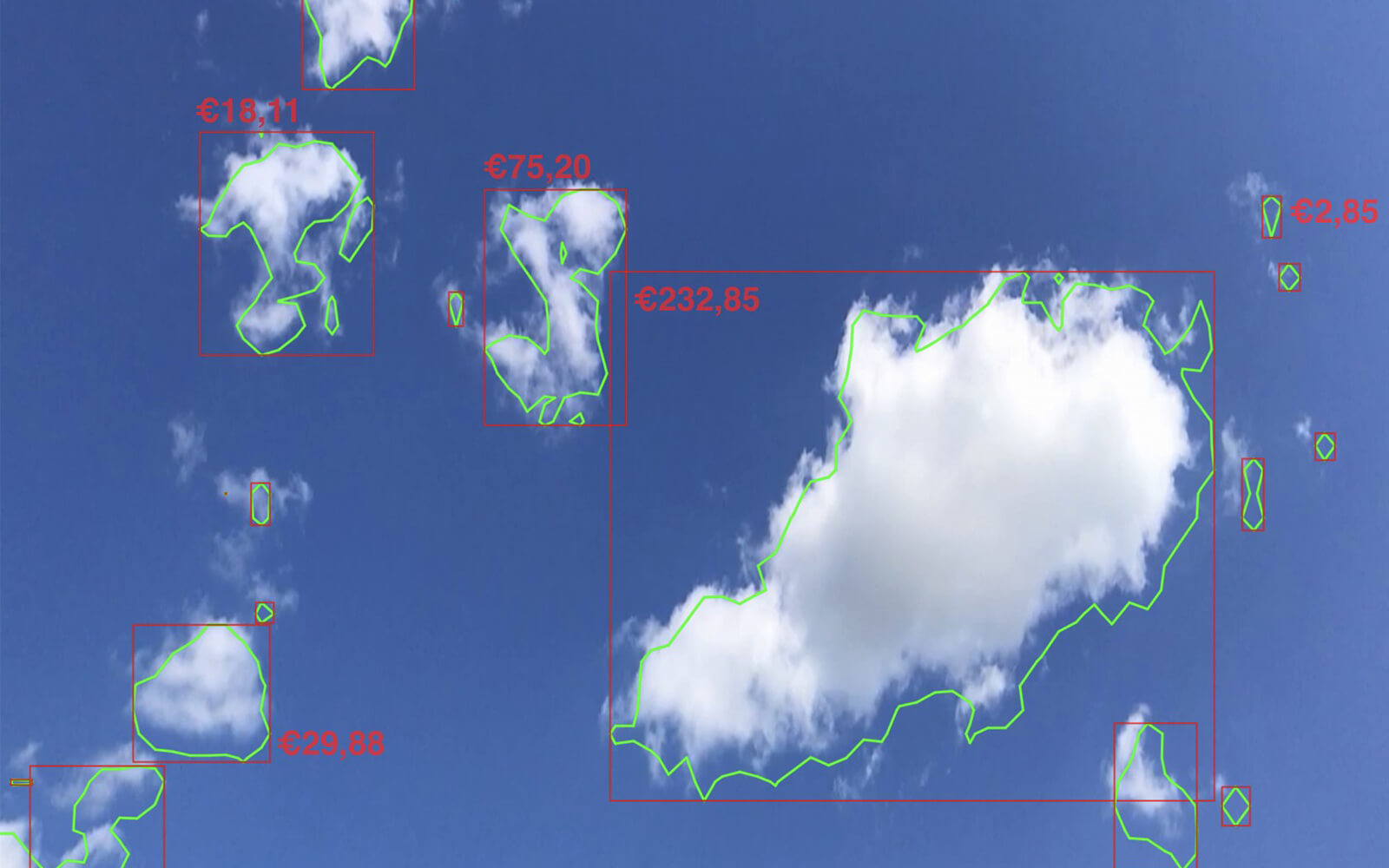
“Neural networks are anti-fragile. Attacking makes them stronger. So-called adversarial attacks are rarely adversarial in nature. Most often they are used to fortify a neural network.”
“Although Facebook plans to delete more than one billion facial recognition templates by December, it will not eliminate the software that powers the system. The company has also not ruled out incorporating facial recognition technology into future products.”
Developed by researchers at Italy’s new-technologies agency ENEA to determine the “attraction value” for specific works of art, project ShareArt begins a trial period at the reopened Istituzione Bologna Musei. 14 camera devices (image) have been positioned near artworks to soak up data on the number of observers and their behavior as they look at a painting, sculpture, or artifact. “Thanks to AI and big data applications,” the system could help improve museum layouts and exhibit scheduling, state the researchers.
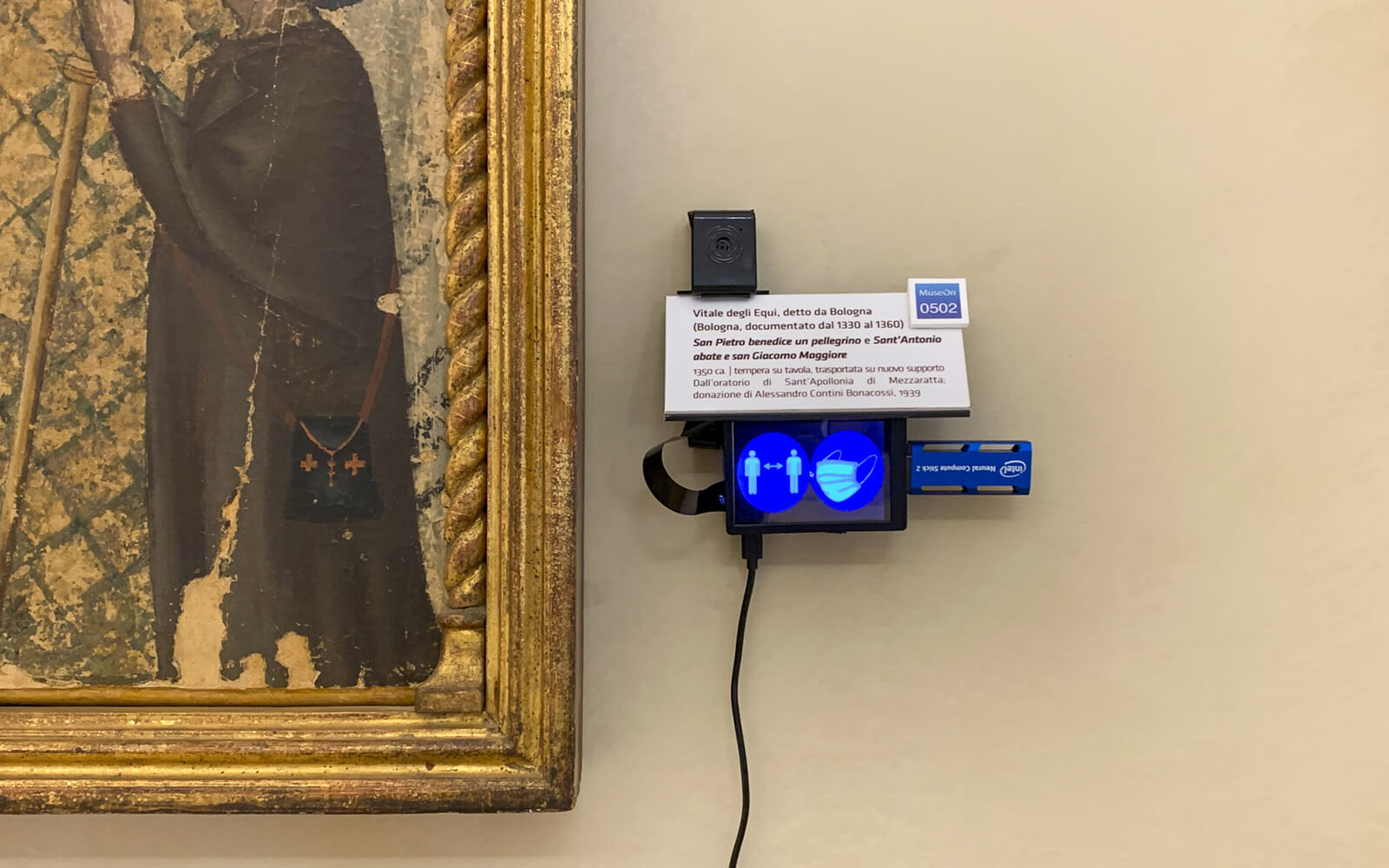
Two years after Flemish Minister-President Jan Jambon caused outrage for playing Angry Birds during a policy discussion, Belgian media artist Dries Depoorter launches The Flemish Scrollers, an AI bot that monitors the livestreams of the region’s government meetings for politicians who are on their phones. Once the system’s facial recognition detects a distracted lawmaker, it will call them out in public: a video clip is posted to Instagram and Twitter, tagging the official’s social media handle with the request to “pls stay focused!”
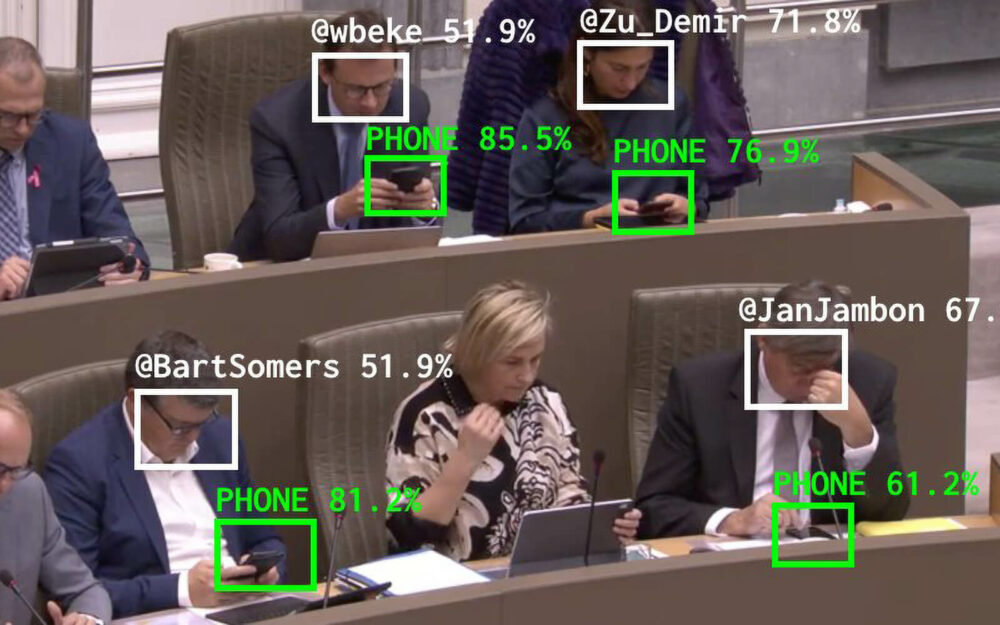
The latest in his Pulse series of heartbeat-synched light works, Rafael Lozano-Hemmer’s Pulse Topology premieres at Kansas City’s Kemper Museum of Contemporary Art. For the first time, the Mexican-Canadian artist integrated touchless photoplethysmography (PPG) sensors that use computer vision to detect visitors’ heartbeats. Another first: the use of LED filament light bulbs that lower the installation’s energy footprint while allowing for greater scale—instead of 100–300 bulbs, Pulse Topology is made of 3,000.
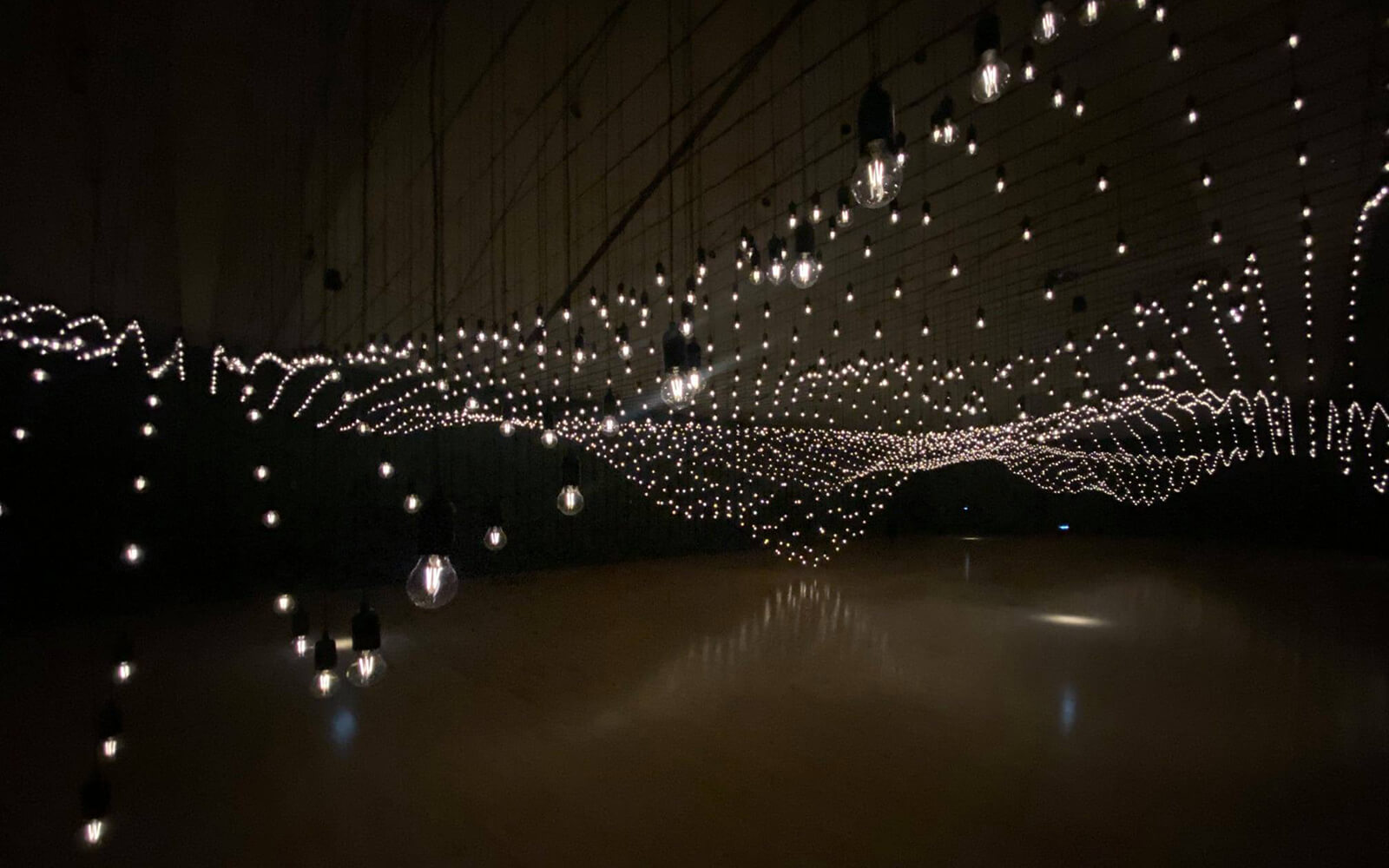
Kyle McDonald and Jonas Jongejan’s immersive installation Light Leaks (2013) opens at Wonderspaces, Scottsdale, deploying fifty mirror balls as epicenter of profound spectacle. Using computer vision and volumetric capture of projector pixel positions, the two artists control the balls’ myriad reflections into a meditative choreography. “It’s one of the best versions we’ve ever done,” McDonald writes on Twitter, citing updated tools for better calibration.
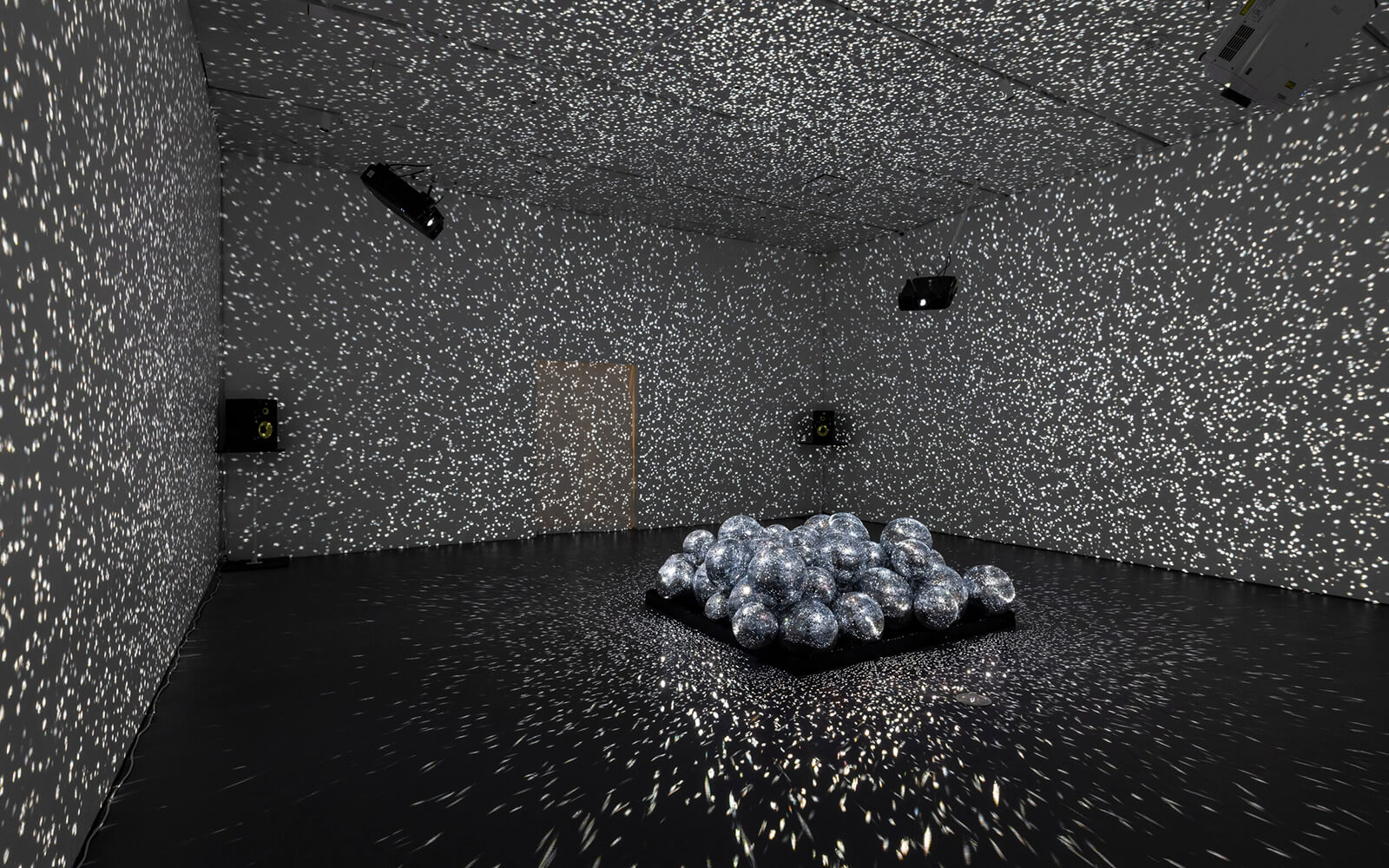
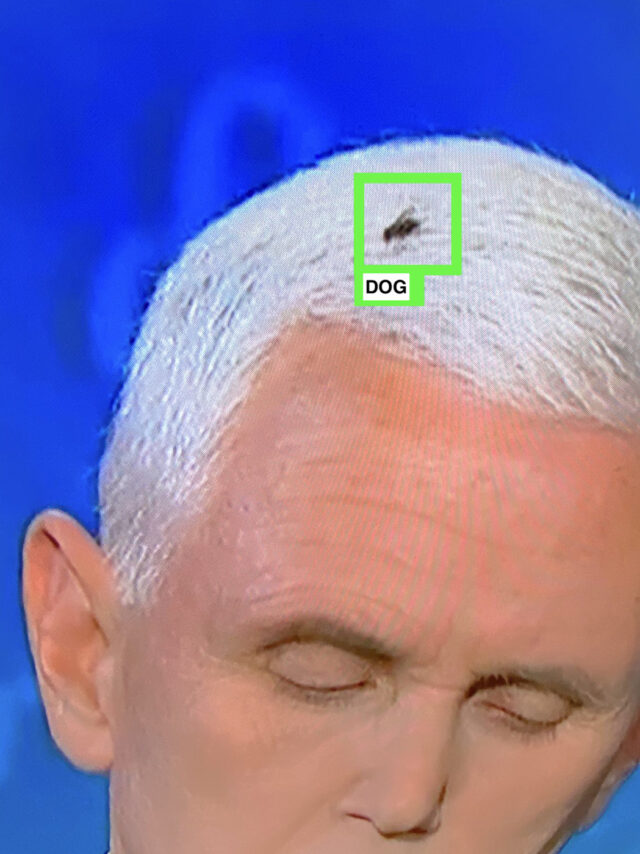
Daily discoveries at the nexus of art, science, technology, and culture: Get full access by becoming a HOLO Reader!
- Perspective: research, long-form analysis, and critical commentary
- Encounters: in-depth artist profiles and studio visits of pioneers and key innovators
- Stream: a timeline and news archive with 1,200+ entries and counting
- Edition: HOLO’s annual collector’s edition that captures the calendar year in print
